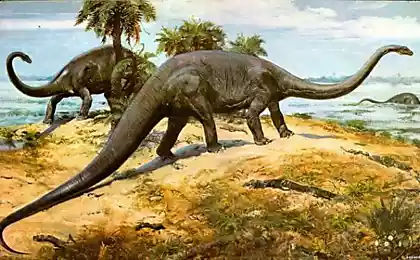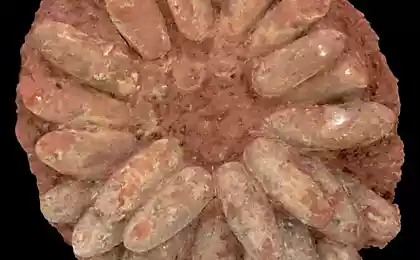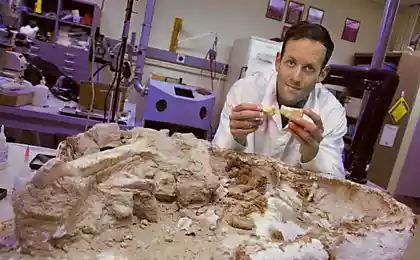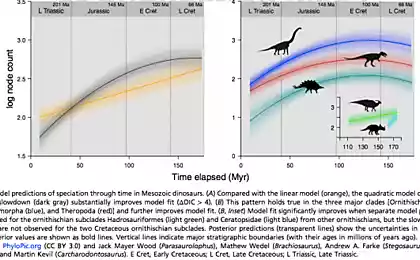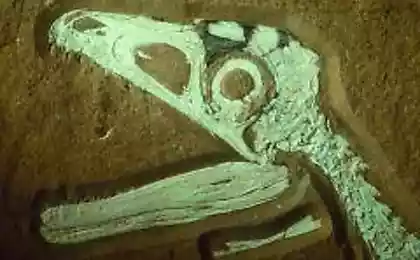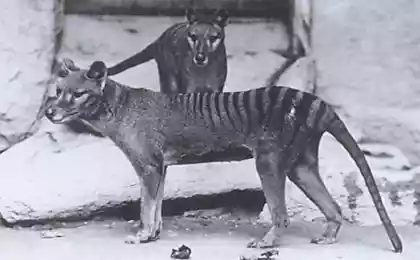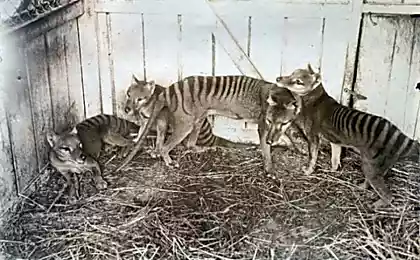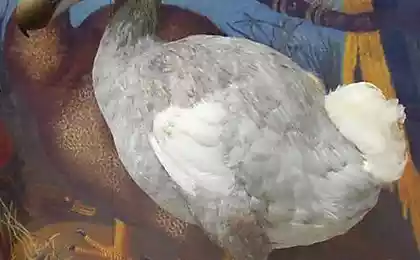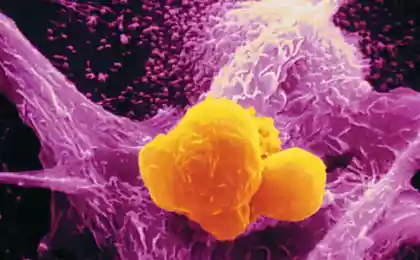1031
One of the possible causes of the extinction of dinosaurs theories
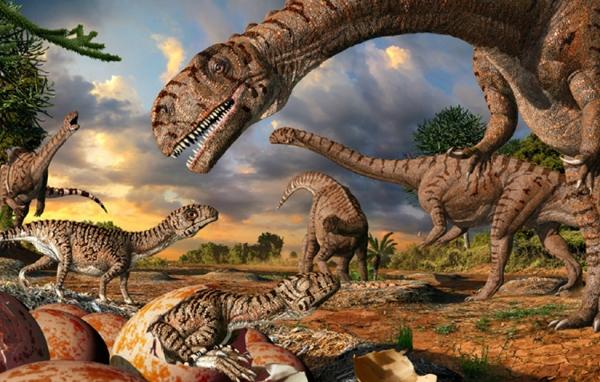
The work, published in the journal Biology Letters, underlines how mammals and birds - but not flightless dinosaurs - were able to persevere against their extinction 65.5 million years ago. The large size of their bodies, and the need to lay eggs, may have helped bring them death, along with the hungry mammals.
"The most fortunate dinosaurs at the time were those that had the largest size. Due to their size, they were able to avoid the trap of natural selection and is constantly updated with their offspring. After a long mass extinction, they again tried to develop a large size, but natural selection has not been able to escape, "writes the author Daryl Caudron to Discovery News.
"It seems that all mammals, who were now in constant wanderings, along with dinosaurs, flightless birds simply could not continue to develop," said Caudron, a researcher at the University Clinic in Zurich for zoo animals, exotic pets and Wildlife.
Although large flightless birds exist today, such as, for example, ostriches, they are far in development, compared to the giant sauropods and other large flightless dinosaurs.
To study the Caudron and his team simulated community of dinosaurs and mammals, including species of 27 categories of size, the largest and the smallest known species of each group. The researchers then used mathematical calculations based on natural selection and the size of the creature, to simulate what would happen to the adults and their offspring.
Caudron said that "a lot of people believe that dinosaurs were superior, and the only species, but now there is evidence that mammals were already quite developed in that time (the era of the dinosaurs), although small mammal species may hunt only on young dinosaurs or their eggs ».
No one thinks about the fact that all the small dinosaurs have been fairly independent stages, where the struggle for survival of mammals could become a problem for them, and that this could affect the results of secondary colonization of the planet, after the mass extinction.
Creating music from the sounds of the world of elementary particles
In China, the ancestors of birds found Tyrannosaurus

